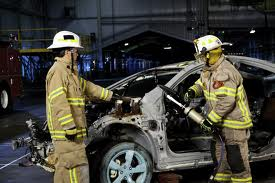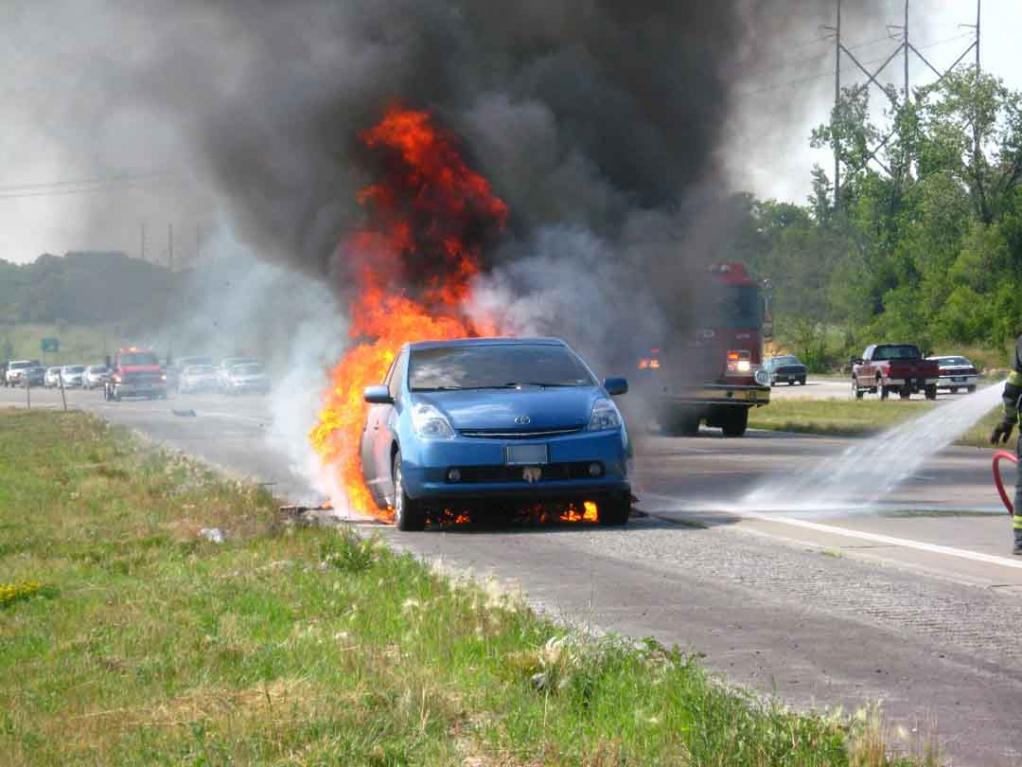First Responder

As the team worked near the car’s electrical components, a firefighter who happened to be familiar with hybrids realized the electrical system was still live. The crew took immediate steps to power down the vehicle. “While there was no injury, crews worked directly in front of the car and had raised the hood with the potential of injury,” states the report on the system’s website, www.firefighternearmiss.com. “The situational awareness was such that the proper shutdown procedures were not readily recognized. We learned that we were not as trained as we thought we were. And this was a competent crew with many years of experience.”
Incidents like this one may become increasingly common as more hybrids—vehicles that combine propulsion systems, most commonly an internal combustion engine with a battery set and an electric motor—find their way onto our roads. Meanwhile, electric vehicles, which rely solely on electricity for power, are poised to become the next automotive wave, especially as gas prices fluctuate and increased importance is placed on reducing carbon emissions.
While the new technologies demonstrate a growing environmental consciousness in the marketplace, they also present an array of new operating conditions that change the rules for emergency responders. That is why we need to train our first responders on how to handle these vehicles, we’re creating an awareness of the risk these vehicles bring, and we’re demonstrating on how and the proper way in keeping the public and our first response team safe with new technology.

